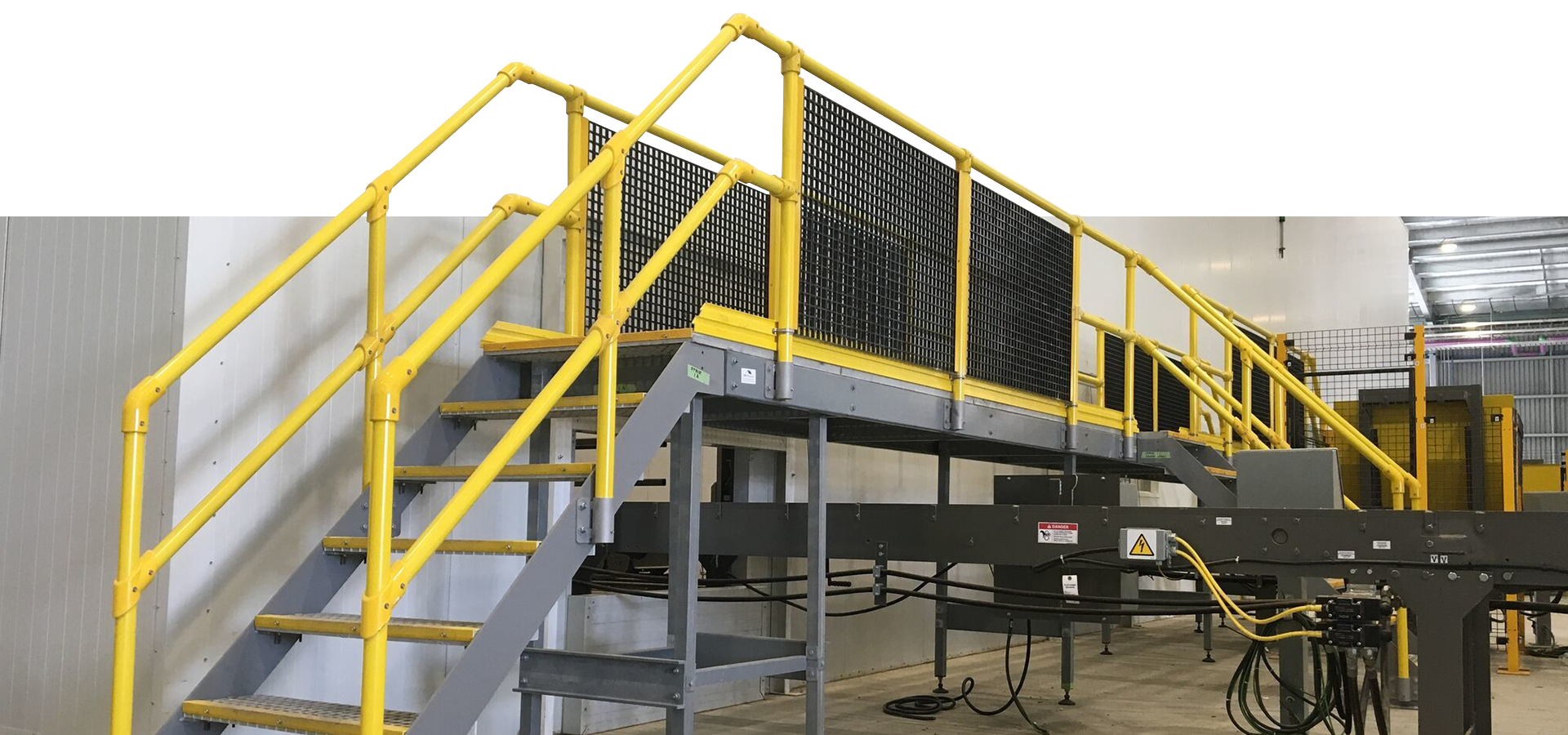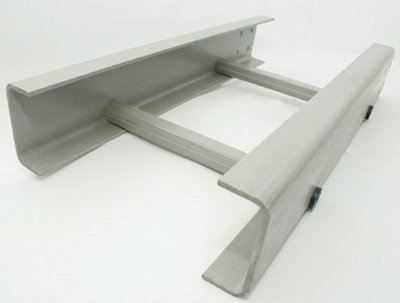
Hybrid Thermoset-Thermoplastic Pultrusion: New Processes and Benefits
July 27, 2023
High Dimensional Stability and Transportation Ease of Pultruded Composites
July 27, 2023
Designing pultruded composite materials requires careful consideration of various factors to ensure optimal performance and structural integrity. By taking into account load requirements, fiber orientation effects, reinforcement features, and resin selection based on environmental conditions, designers can create durable and efficient composite products.
Load Requirements: The Backbone of Design
Properly understanding and analyzing load requirements is paramount in designing pultruded composite materials. The ability of the material to withstand specific loads directly affects its functionality and longevity. Whether it's static or dynamic loads, compression or tension forces, each application demands a unique approach.
To meet load requirements effectively, designers must consider factors such as weight distribution, anticipated stress levels, and potential impact forces. By accounting for these variables during the design phase, they can select appropriate reinforcement methods to bolster the strength of the composite material.
Fiber Orientation Effects: Unleashing Mechanical Properties
The orientation of fibers within a pultruded composite greatly impacts its mechanical properties. Depending on the desired characteristics of the final product, designers can strategically align fibers in different directions to optimize strength in specific areas.
Understanding how fiber orientation affects stiffness, tensile strength, and flexural properties is crucial for achieving desired performance outcomes. By carefully controlling fiber placement during manufacturing processes like pultrusion, engineers can enhance overall structural integrity while reducing material waste.
Reinforcement Features: Strengthening Structural Integrity
Incorporating reinforcement features into pultruded composites is an effective way to enhance their structural integrity. Ribs or flanges strategically placed along the length or width of a component can significantly improve its resistance to bending or torsional forces.
These additional features distribute stresses more evenly throughout the structure and prevent localized failures. By reinforcing critical areas prone to high stress concentrations with ribs or flanges during design stages, engineers can create robust components capable of withstanding demanding operating conditions.
Optimizing Resin Selection: Environmental Compatibility
Choosing the right resin for pultruded composite materials is essential to ensure compatibility with environmental conditions. Different resins offer varying levels of resistance to factors such as temperature, moisture, and chemical exposure.
Designers must evaluate the specific application environment and select a resin that can withstand these conditions without compromising performance. By considering factors like UV stability or fire resistance, engineers can guarantee the longevity and reliability of the final product.






